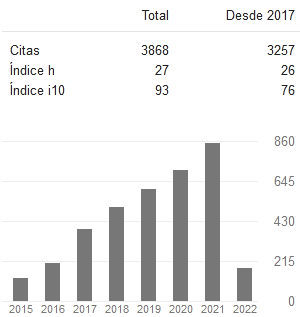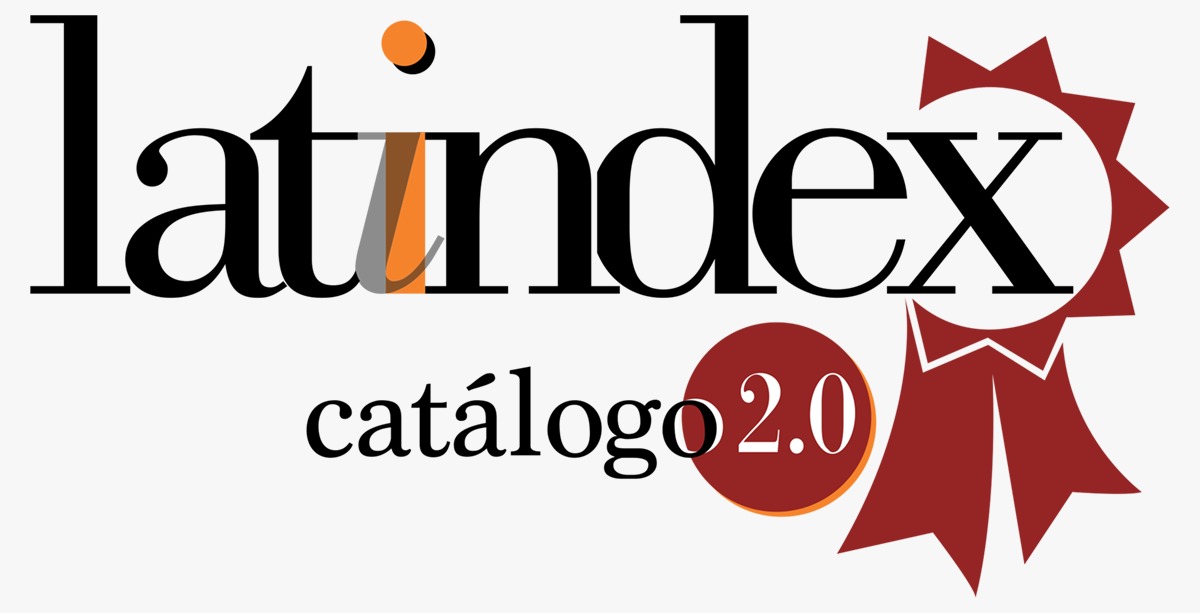TELEFORMATION AND TELEMATIC SCIENTIFIC ADVISORY IN THE ENVIRONMENT OF UNIVERSITY EDUCATION
Keywords:
teleformation, scientific advisory, education, universityAbstract
The new technologies emerge as a suitable complement for coming social educators. For this case, the telematics nets and basic software are two complementary tools that allow the design and total or partial follow-up (telematic scientific advisory) of the teaching of the subject: New technologies applied to Social Education. It is assured that in a ¨virtual classroom¨ well designed generates an adequate ¨learning environment¨. In the University of Century XXI, the mastery of the informatics resources is quite necessary for the teacher as well as for the learners. The formative contents situated in the net produce such a flexibility that makes singular changes in the quality of the teaching-learning process.
Downloads
References
BARKER, P. (1990): Designing Interactive Learning Systems. ETTI, 27, 2. PP. 125-145) BARKER, P. (1997): Mejora de las oportunidades de aprendizaje a través de cursos electrónicos. Edutec’97, Málaga BARTOLOMÉ, A.R. (1994): Multimedia interactivo y sus posibilidades en la educación superior. Pixel/Bit, nº 1, pp. 4 a 14. BARTOLOMÉ, A.R. (1995): Sistemas multimedia para la enseñanza. En J. Ballesta (Coord.): Enseñar con los medios de comunicación. DM/PPU, Barcelona, pp. 187-203. CESARENI, D. (1994): Ecoland: A Hypermedia Prototype for Environmental Education. En Vosniadou, S. y otros: Technology Based Learning Environments. Psychological and Educational Foundations. Springer-Verlag, Berlin. DE CORTE, E., LINN, M., MANDL, H. & VERSCHAFFEL, L., (1992): Computer-Based Learning Environments and Problem. Soloing Spriager Verlag, Berlin. GALLEGO, D y ALONSO, C (1995): Sistemas Multimedia. En Rodríguez, J.L. y Sáenz, O: Tecnología Educativa. Nuevas tecnologías aplicadas a la educación. Marfil, Alcoy GOODYEAR, P. (1995): Situated action and distributed knowledge: a JITOL perspective on electronic performance support systems. Educational and Training Technology International, 32, I, pp. 45 a 55. GOODYEAR, P. (1997): La ergonómica de los ambientes de aprendizaje: El aprendizaje dirigido al estudiante y a la nueva tecnología. Ponencia Congreso Edutec’97, Málaga. HÖGHIELM, R. (1997) Didactical perspective in distance learning. Conferencia presentada a Edutec’97, Málaga. HOLMBERG, B. (1977) Distance Education: A Survey and bibliography. Croom Helm. London. KEEGAN, D. (1986) The foundations of Distance Education. Croom Helm, London. MEGARRY, J. (1988): Hypertext and compact disc: the chalenge of multimedia learning. British Journal of Educational Technology, 19, 3. pp. 172-183). MOORE, M.G. (1987) University Distance Education of Adults. Tech-Trends, september, pp. 13 a18. NEWMAN, D.; GRIFFIN, P. y COLE, M. (1987): A local nerwork for collaborative classroom science. Journal of Educational Technology Systems, nº15. PERKINS, D.H. (1991): Technology meets constructivism: Do they make marriage?. Educational Technology, mayo, pp. 18 a 23. RUMBLE, G. (1986) The Planning and Management of Distance Education. Croom Helm. London
TALAVERA, MC (2002): La formación a distancia a través de Internet. Documento electrónico.
Downloads
Published
How to Cite
Conference Proceedings Volume
Section
License
Copyright (c) 2020 José Luís Ulizarna García; admin admin

This work is licensed under a Creative Commons Attribution 4.0 International License.
Usted es libre de:
- Compartir — copiar y redistribuir el material en cualquier medio o formato
- Adaptar — remezclar, transformar y construir a partir del material para cualquier propósito, incluso comercialmente.
Bajo los siguientes términos:
- Atribución — Usted debe dar crédito de manera adecuada, brindar un enlace a la licencia, e indicar si se han realizado cambios. Puede hacerlo en cualquier forma razonable, pero no de forma tal que sugiera que usted o su uso tienen el apoyo de la licenciante.
- No hay restricciones adicionales — No puede aplicar términos legales ni medidas tecnológicas que restrinjan legalmente a otras a hacer cualquier uso permitido por la licencia.














































